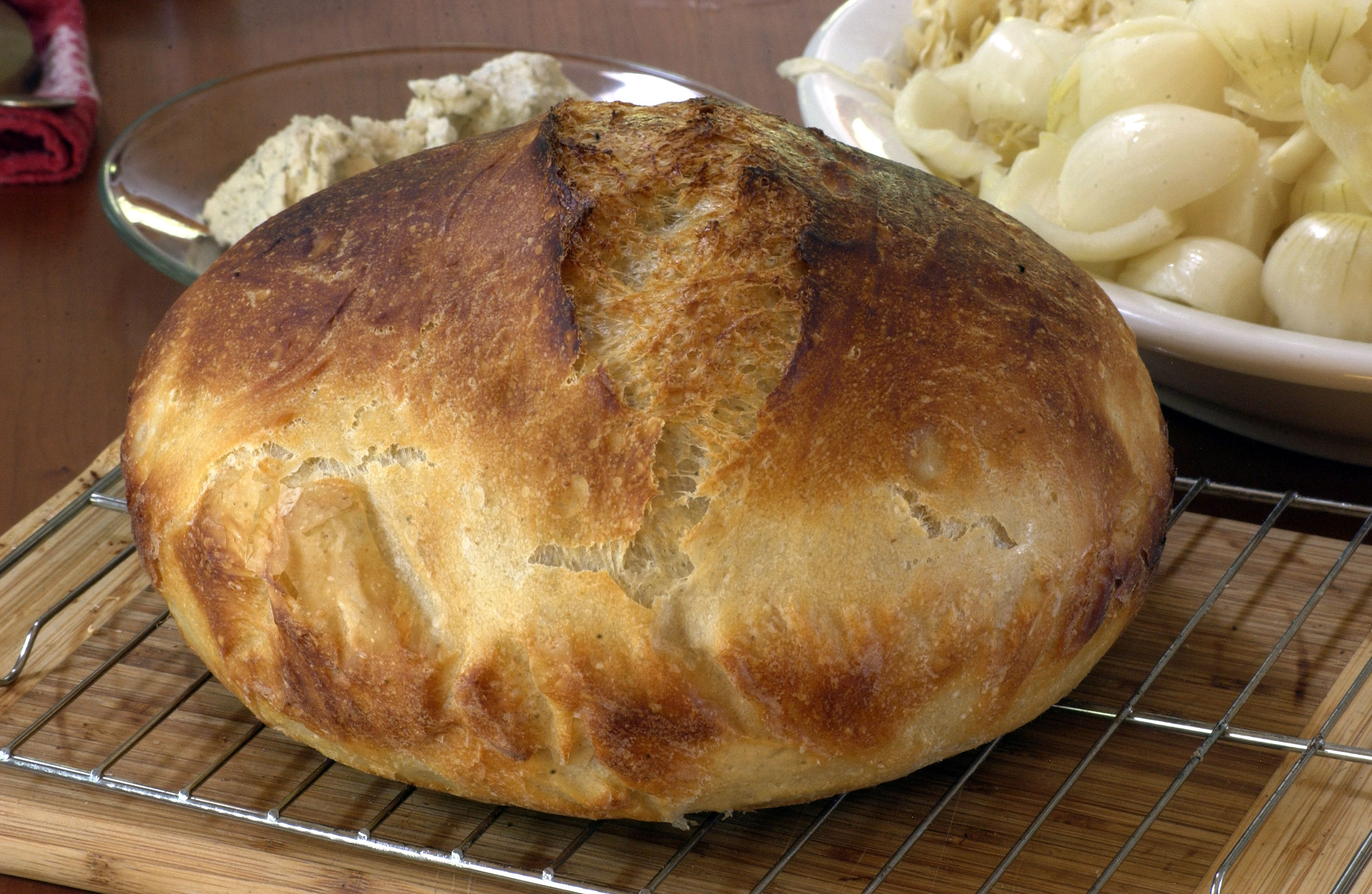
Click on images for high-res version
The Stokes Stomp is Stokes County’s biggest annual party. It happens every September in Danbury. I was there today to work in the No Fracking in Stokes booth and to take some pictures.
Watching a bewildering world from the middle of nowhere

Earline Parmon, state senator for Forsyth County (click on images for high-res version)
North Carolina’s urban counties have been having Moral Monday events, but I’m wondering if Stokes County isn’t one of the few small, rural counties to do it. The turnout was not exactly tremendous — less than a hundred. But the speeches were fiery.
While listening to several dynamic and experienced African-American speakers at today’s event, I had a breakthrough realization about why it has been so difficult to organize rural white Southerners against fracking. African-Americans learned how to organize and fight decades ago. Rural white people are just getting started.

Linda Hall Hicks, a retired schoolteacher and member of the No Fracking in Stokes steering committee

Ann Meadows, also a retired schoolteacher and member of the No Fracking in Stokes steering committee

Ken Ilgunas on Pilot Mountain. Click on image for larger version.
Ken has been here for much of the summer. His next adventure will be to the British Isles and Ireland, starting in September.
Those of us who live in Stokes County like to remind people that Stokes County has its own little mountain range — the Saura Mountains. These mountains have some excellent promontories. There is Hanging Rock State Park near Danbury, and Pilot Mountain, which is in Surry County just over the Stokes County line. The photo above was taken at Pilot Mountain.
All up and down the food chain, everybody has eaten well this summer. This is because of the generous rain and the lushness it has produced. I have never seen so many rabbits. The vole population has recovered from its winter minimum. One sees deer twins all over the place. There are lots of wild turkeys with lots of little ones. The finches are in the meadows, feasting on seed. There are oodles of bugs and butterflies, terrapins, and baby snakes (which I see only out on the paved road while walking).
I will never forget the summer of 2013.
Longtime readers of this blog know that summers in the South can be hard to bear, especially after 17 years of the chilly summers of San Francisco. This year I resolved to make peace with summer. I am pleased to say that I have been successful. But this has been an extremely unusual summer.
A couple of weeks ago during a cold snap, a friend a few miles to the north reported that the low one night (in August!) was 49 degrees. I recorded 53 here. The highest daytime temperature that I can recall all summer was 94 degrees. So making peace with this particular summer was not that great a challenge. It has been one of the most beautiful summers I can remember. All summer long, everything has been lush. In July there was 11.8 inches of rain. Since Jan. 1, there has been 54.5 inches. For August so far, there has been 5.6. Oh, if only every summer could be like this one.
The key to getting along with summer is to get up early. That’s when the old-timers in this area got most of their work done. Almost every morning this summer I’ve gotten up as early as 6 (sometimes later) and gone for a long walk while it’s still cool, rain or shine. Then, for the rest of the day, one can guiltlessly retreat indoors to the air conditioning. But that’s another thing. There were weeks-long periods in July as well as some days in August when no air conditioning was needed.
Even now, the air conditioning system is turned off. The temperature is 72 degrees at noon. The low forecast for tonight is 54. August doesn’t get any better than that.

Click on photo for larger version
Any proper abbey (or so I have thought for a long time) ought to have its trademark bread. And any abbot worth his salt ought to be able to bake it. Not just any bread will do. There has to be something special about it. So gradually I have been refining the recipe for Acorn Abbey’s signature loaf.
I just used the dreaded word “recipe.” I’ve been making bread for decades, measuring vaguely and just baking out of experience. But with the rustic sourdough loaves, I have been measuring, by weight, using a kitchen scale. This is because I’ve found that to get consistent results, one needs to control the “hydration” of bread — that is, the ratio of flour to water. Abbey bread at present is 85 percent hydration (100 parts flour to 85 parts water, by weight). Though wetter bread would be nicer, it’s much harder to handle. I probably will experiment with trying to increase the hydration a few percent and see how it goes.
As I’ve mentioned in previous posts, the abbey bread is inspired by Michael Pollan’s book Cooked, in which the bread concept is based on the sourdough bread at Tartine bakery in San Francisco. It’s baked in a Dutch oven.
There was one part of Pollan’s method that just did not work for me. He gives the dough its final proofing in a bowl with the loaf face down. He upends the bowl over the Dutch oven and lets it plop. I found that unworkable. What if the dough sticks to the bowl? What if the dough loses its loft from the fall? I’ve settled on a method which is a bit more trouble but which is reliable. I line the proofing bowl with wide strips of parchment paper, then set the loaf right side up on the parchment paper for the final proofing. When it’s ready for the Dutch oven, I lift the loaf by the ends of the parchment paper and set it gently into Dutch oven.
The total amount of time to make decent sourdough bread is not that great. But one must start the night before, and the bread requires regular attention on baking day. The abbey bread is usually done by 5 p.m.
I’ve settled on a kind of Mediterranean schedule of baking every three days. Strangely enough, this has reduced the net amount of bread, and therefore carbs, consumed at the abbey. This is because I’ve stopped making biscuits and rolls, all of which tend to get eaten at one meal. On day 1, the bread is served warm for supper. On days 2 and 3 it comes back as toast or in slices at supper. If there is any left (rare), then the chickens get it.
There were many apple pies this summer, but only one pie from the abbey orchard. Though the five-year-old trees produced a respectable quantity of apples this year, the squirrels got them before we did. At present, the squirrels are stealing the figs.
Grocery store apples, as far as I’m concerned, are useless for pies. I like ugly, old-fashioned apples. Ken noticed an apple tree in someone’s yard about a mile up the road and was bold enough to ask if we could buy some apples. They gave them to us, of course. It was an old tree that had gone feral, and the apples were sublimely ugly. We got four pies out of those very local apples.
Ken was away for an unexpectedly long time in June to visit his parents and also traveling to do publicity appearances for his book. Consequently the garden got a bit out of hand, and a surplus built up. In particular there was a surplus of onions, and onions, being sacred, are much too good to waste. So what to do?
Ferment them.
Though all my fermenting experience is with sauerkraut, pretty much any kind of vegetable can be fermented if you know the process. The process isn’t complex: Put the vegetables, appropriately sliced or shredded, into a crock and use the right amount of salt or brine.
As with sauerkraut, the prep work is a huge chore. I peeled about 30 pounds of onions and cut them into wedges. I put them in the crock and covered them with brine made from Celtic sea salt (about 3 tablespoons of salt per quart of water). In about three weeks we’ll see how they taste.
These are sweet and mild Georgia-style onions, and they’re organic, like everything grown at the abbey. To my surprise, peeling them and cutting them didn’t even provoke any onion tears.
I’ve had my 2013 Smart car for just over a year. It has exceeded all my expectations, and I stand by my original review from July 2012. There are a few things I can add after a year with the car.
As I expected, the Smart car’s gas mileage has gradually increased as the engine has gotten broken in. I now average about 51.5 miles per gallon. My mileage is greater than the Smart car’s EPA rating, and it’s greater than what most Smart car owners report. In fact, I hold the gas mileage record of all the 2013 Smart cars listed at Fuelly.com. I believe this is because I do a minimum of city driving (though a tank of gas will always include a couple of trips to shop in Winston-Salem); my lifestyle doesn’t require that I drive on freeways at criminal, gas-guzzling speeds; I have learned how to use (and like) the odd transmission in the Smart car; and I know how to drive.
When the time came for the 1-year service, I was afraid the cost would be high, since the Smart car is made by Mercedes. But actually the 1-year service cost only $220, about half of what I feared. Also, I find Mercedes dealerships much easier to deal with than other car dealerships, because there is much less of a sleaze factor. The salesmen and service managers seem to be overqualified, overeducated guys who ended up at a car dealership in a rotten economy.
In the last year, I have had no problems with the Smart car. I’ve had some fuel problems, but that’s not the car’s fault. Nothing on the car has broken. There was not a single thing, even a little thing, that needed to be fixed at the 1-year service.
About the fuel problem. It first occurred after I’d had the car for a few weeks. Shortly after I started it up one morning, the car started misfiring, and eventually the check-engine light came on. I drove straight to the Mercedes dealership. They could find no problem with the car, but diagnostics saved by the car’s computer was consistent, they said, with water in the fuel. The checked my fuel tank and filter and found no water. The problem cleared up on its own. I assume this is because the water had settled in the bottom of the fuel tank, and the car had ingested it all. This has happened about three more times in the last year.
My belief is that water in gasoline is more common than we think. Larger engines probably aren’t much affected by small amounts of water, but the Smart car’s engine is small and sensitive. The ethanol alcohol that is added to gasoline attracts water from the atmosphere. The Smart car’s fuel tank, like the fuel tanks on all modern cars, is designed to prevent this. But it probably happens at the service station, from condensation in the underground storage tanks. I have learned to never buy gas from country gas stations and to always go to the busiest, most modern service station available. The longer gasoline is stored, the longer it has a chance to attract water.
The anti-lock brakes have engaged only once in the last year, when a deer ran out in front of me. I wrote about that in a previous post. The stability control system has engaged only once. That was a couple of weeks ago, when I hit some standing water in the roadway at about 50 m.p.h. The stability control system indicator flashed for a couple of seconds, but I felt nothing, and the car kept going straight ahead, feeling perfectly under control.
I love this little car, and it’s actually highly convenient to drive a car that is no bigger than necessary. I just wish that more Americans could appreciate the sensible concepts and excellent German engineering that went into it.